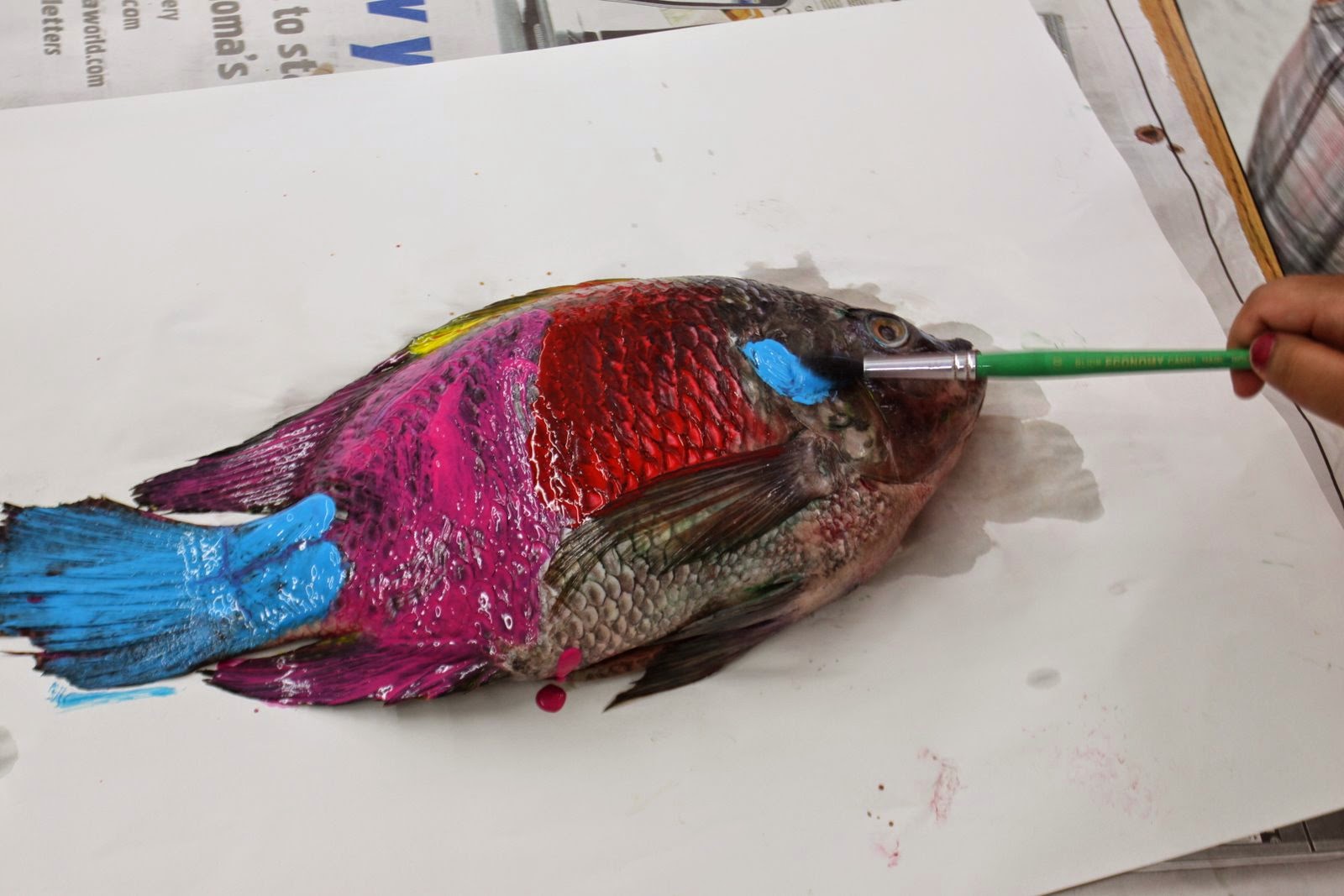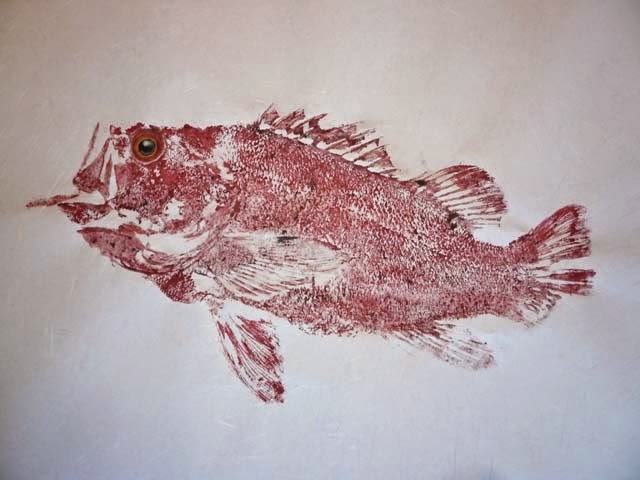Hi! I am Mehar Kaur, the Environmental/Policy intern at Save
the Harbor/Save the Bay (STH/STB). I am an international student from India and
have only recently moved to Boston to pursue a master’s in environmental heath engineering at Tufts University, Medford.
I learnt about STH/STB through my roomate with whom I went
on STH/STB's Spectacle Island Cruise. As a nature enthusiast and a previous
intern at the Center for Environmental Education, New Delhi, India, I provided
literature on the use of biomimicry to gain access to clean drinking water. At
Tufts, I reviewed literature for interventions to help overcome diarrheal-linked
malnutrition in children.
To better integrate with Boston city and to continue my
interest in environmental health and education, I have become part of STH/STB.
As an intern, I am modeling tidal data to more accurately represent the level
of Enterococcus in the Boston beaches. Currently beach flagging depends on
previous days Enterococcus data, which is not an accurate representation of the
water quality. By understanding the relationship between variables including
rain, wind and tidal height and the level of Enterococcus, I aim to present a
real-time model of water quality testing and subsequent beach flagging.
At STH/STB I am able to further my interest in volunteer
work by helping organize various free programs for underprivileged communities
in Boston. This is a personally fulfilling experience as I am able to help
diverse groups have an educationally enriched experience. In return I get to
connect with the city by learning about the diverse communities that make up
Boston.
Here at STH/STB, I have the opportunity to meet with various
professionals and learn about their field of work and their contribution to our
environment. Last week I attended a presentation by Dr. Wallace J. Nichols on
his book, Blue Mind. This presentation resonated with me on various levels and
has steered me towards a more holistic view of science. As a future scientist,
if my work does not connect with individuals, various societies and/or with
policy makers, it is of very little value. At the presentation Dr. Wallace
related to all of us at a personal level by helping us understand our emotional
connection to water and why increasing scientific data should be focused on
explaining our innate relationship with water. Such findings will subsequently
allow individuals and societies to better understand themselves.
After the presentation, I was eager to read the book and
learn about all the different emotional, social and economic ways in which we
connect with water. I will further elaborate on Dr. Wallace’s presentation and
his book, Blue Mind in my next blog. Until then, in Dr. Wallace’s words, I Wish
You Water!
- Mehar Kaur






